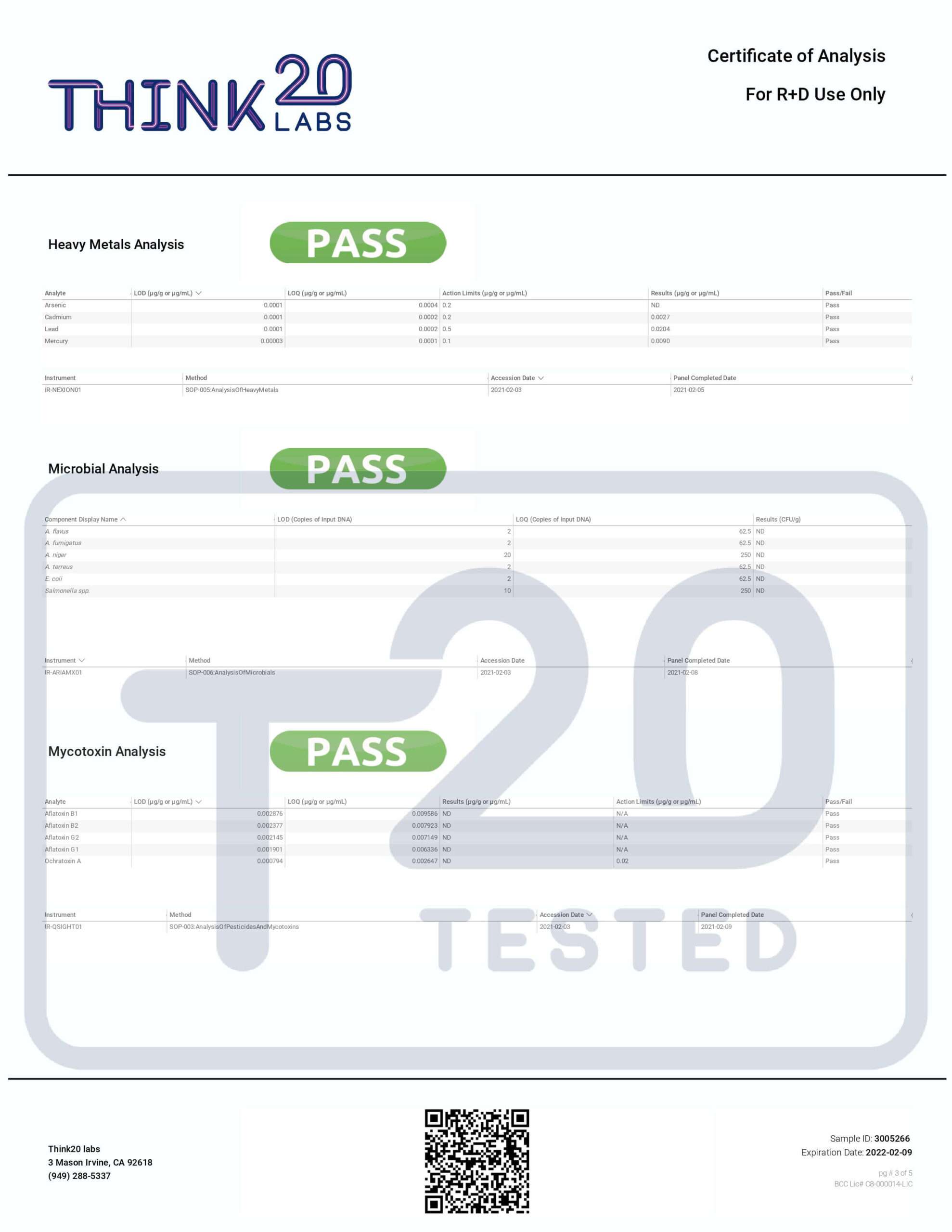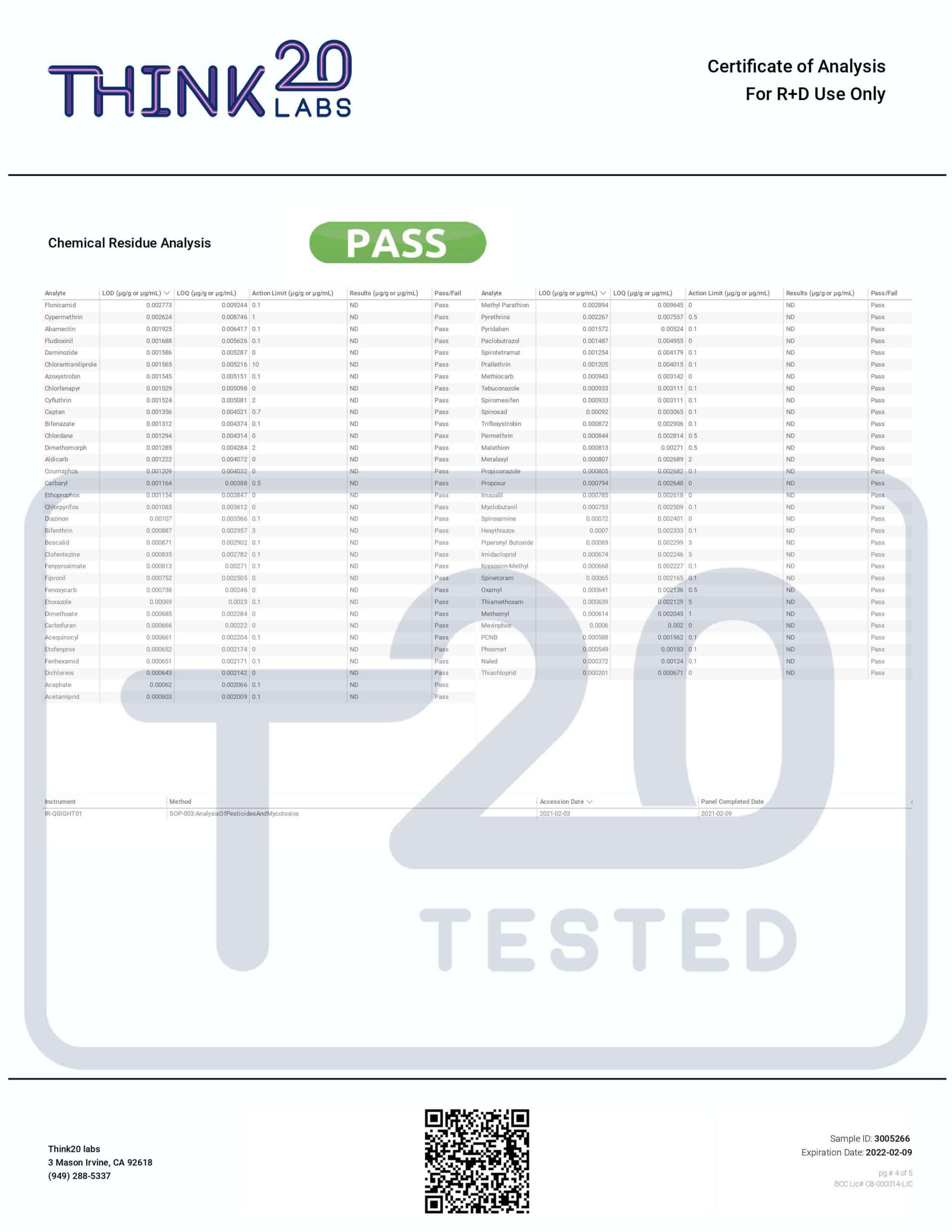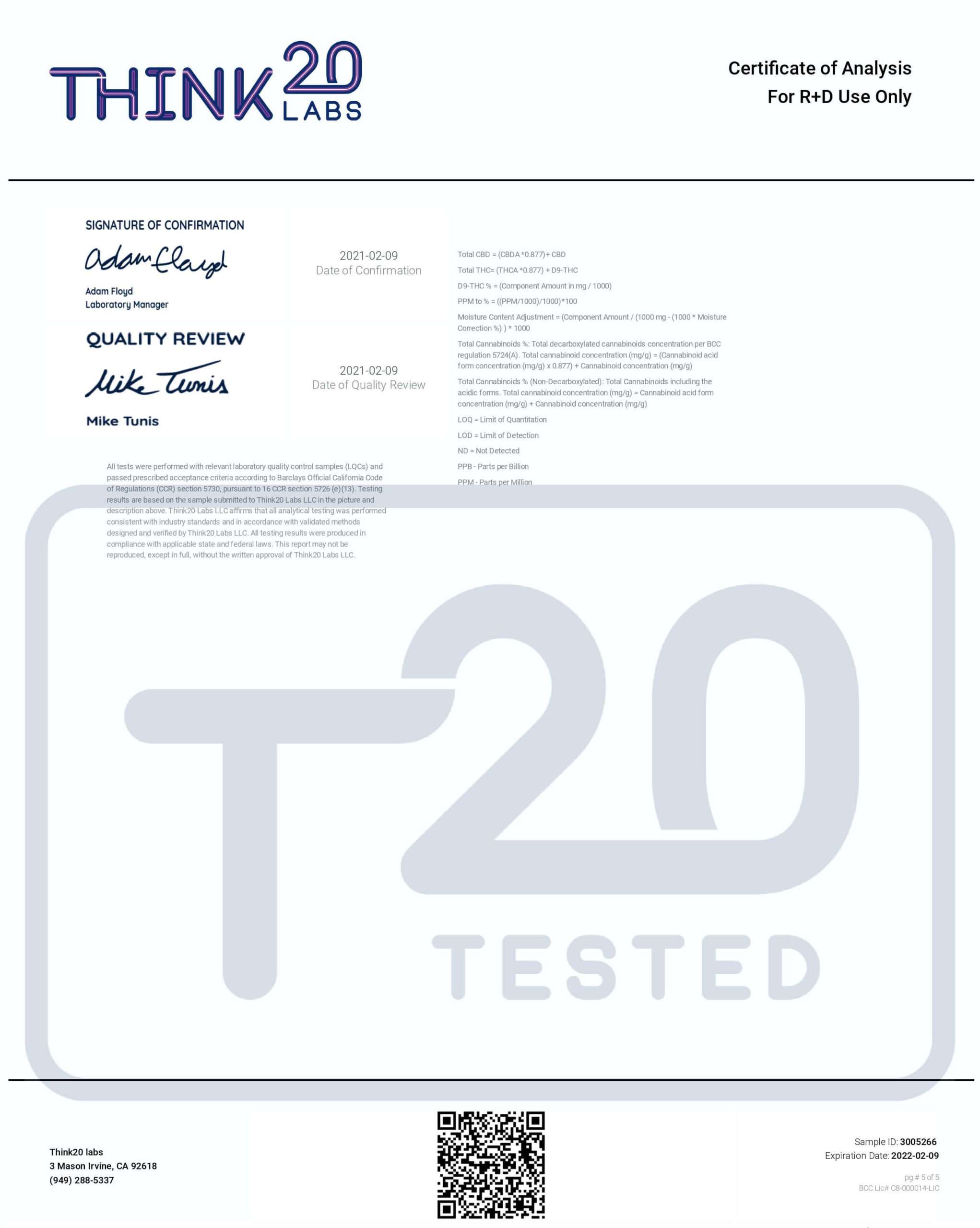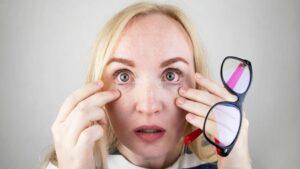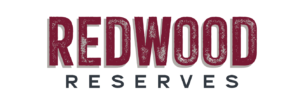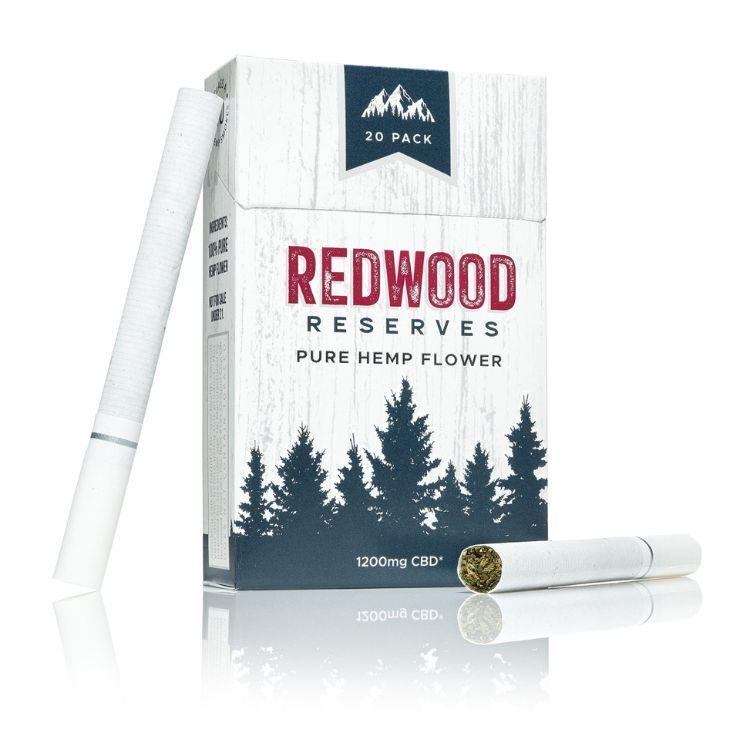CBD flower labels and lab reports provide key information about what you’re putting in your body. Learning how to read them, as a result, is a vital skill.
You’ll need to understand what a certificate of analysis is, what it should contain, and what each piece of information means about your product to fully understand the labels and lab results that accompany your product.
Though they can seem daunting and do indeed contain a lot of information, CBD flower labels and lab results are actually designed in many ways to be efficient and comprehensive for a consumer. Simply equipping yourself with some background knowledge can make it much easier to know what you’re looking at and, from there, what to expect of your product.
Why It’s Better Than the Rest
- Premium Dispensary Grade – Grown Indoors
- 100% Organic, No Pesticides, No Additives
- Bi-Weekly Harvests Ensure the Flower Is Fresh
- Wide Variety of Strains to Choose From
How do you read CBD flower labels?
When reading CBD labels in general, it’s important to look out for vital information like serving size, servings per container, etc., but also for a certificate of analysis, which provides information about what can be found in your product.
Unlike other CBD products, CBD hemp flower doesn’t have additional ingredients (i.e. carrier oils, flavorings and colors, etc.) to worry about, but it’s still wise to have a good idea of what you’re working with.
Not only do labels help you better understand and use your product to maximize its efficiency, they also give you a heads up about any potential concerns.
CBD flower label requirements
Though FDA regulation of CBD products is currently lacking (despite CBD’s nationwide legality, the FDA has yet to officially approve it for any sort of use), according to the organization, labels for products like CBD flower still must be honest, clear, and able to provide basic safety information.
Like cosmetics or dietary supplements, CBD flower (and other CBD products, for that matter) is subject to basic legislation like the Fair Packaging and Labeling Act, which ensures sellers create clear, accurate, and informational labels.
In the case of dietary supplements (which CBD is not officially classified as, but closely mimics overall), the FDA requires the following information be clearly present on labels:
- Statement of identity: name of the supplement or CBD product
- Net quantity of contents: the total amount of product found in the package
- Nutrition labeling: information about the nutritional value (vitamins, minerals, calories, etc.) present in the product, as well as information about serving size, amount per serving, etc.
- Ingredients list: details all ingredients found in the product. In the case of CBD products, an ingredient list may contain only things present in addition to cannabis
- Manufacturer, packer, and/or distributor information: provides contact information for bodies involved in the production of the supplement should questions or concerns arise
In addition to these key details and because CBD has yet to gain FDA approval, CBD flower should also include an FDA disclaimer:
“These statements have not been evaluated by the Food and Drug Administration. This product is not intended to diagnose, treat, cure or prevent any disease.”
Most important things to look for on CBD flower labels
When it’s time to take a look at the label (or certificate of analysis) for your CBD flower, you’ll want to be on the hunt for things like serving/dose size, cannabinoid content, and whether your product supplies information about safety and quality testing.
CBD flower labels are not nearly as detailed as a certificate of analysis, an official lab report created by a third-party research facility that breaks down what is and isn’t present in your product.
A certificate of analysis can help assure you that what you’re using is indeed safe, but also gives you vital insight into which terpenes, flavonoids, cannabinoids, and other molecules may be impacting your experience.
How do you read a CBD flower lab report?
Reading a CBD flower lab report means understanding what each evaluation completed means, knowing what sort of details to seek out, and looking out for areas of concern.
Because CBD flower certificates of analysis (lab reports) provide such an in-depth breakdown of the contents of your product, they’re the best place to go to get a true grasp of what you’ll be using.
Reputable sellers should always provide access to a complete certificate of analysis (COA) for each of their products.
Be very wary of companies who only provide cannabinoid content information; without assurances that your product has passed important safety tests and checked for the presence of alternative ingredients, it’s impossible to know what you’re working with.
In order to make sense of a COA, it’s usually best to take things one page at a time.
Below, we’ll walk through a COA for a batch of CBD flower to demonstrate what you should be looking for, but also how to interpret the contents of each page.
Page one of your COA should be a rough summary of the content of the rest of the report, including whether or not the product has passed safety tests, a look at the molecular profile of the flower, and other miscellaneous details.
This first page gives you essentially all you need to know at a glance, including the amount of CBD (and other cannabinoids, like THC, CBG, and CBN) found in your flower. CBD flower is often marketed as a particular potency level, but COA testing can more precisely reveal how strong your flower truly is.
Another thing to point out on this page is the presence of contact information for the lab conducting the testing.
This not only adds legitimacy to the report, but also makes it easy for a consumer to reach out to gather more information.
Page two is the place to turn to for a more exhaustive look at the cannabinoids present in your flower (and what levels they exist at). It also provides a robust terpene analysis, breaking down not just which and how many terpenes come into play, but also what percentage of the overall terpene profile they make up.
This information can shed some light on what sort of experience you can expect from your product.
Pages three and four each share information about important safety tests and whether the product in question has passed them.
Heavy metals and pathogens (which are tested for in microbial analyses) pose a potentially serious risk to users who ingest them unwittingly; the same goes for mycotoxins, which are naturally-occuring toxins often produced by plants exposed to moisture and humidity.
A chemical residue analysis looks out for lingering compounds left behind from the CBD production or product creation process. Solvents used to extract product, for instance, may leave behind potentially harmful and high amounts of residue.
When a product passes these tests, it means that any levels of the offending substances found is too insignificant to pose a serious risk.
Be sure to look through these tests and ensure you’re comfortable with and aware of the results.
For this COA, the fifth and final page contains the signatures, titles, and names of the individuals involved in the testing. It also lists the dates the testing was completed.
On this final page, you can also find a few small details that reaffirm information listed elsewhere in the report, including CBD and THC levels.
What should I look for in a CBD flower report?
You should look out for information that helps you understand what to expect from your flower, including a breakdown of cannabinoids, terpenes, etc., but also for confirmation that your flower has passed safety tests.
Looking through each page of your flower’s COA should make it possible to find these details and more. If the information isn’t accessible on a physical COA, it may be possible to find out more by visiting the seller’s website.
What is a good percentage of CBD in flower?
A “good” percentage of CBD in flower depends on your preference; anything over 10% or so will likely provide the relief you’re looking for, but flower considered high in CBD usually clocks in around 15% or more.
If you’re concerned about getting the most CBD for your money, then it’s wise to aim for a product that hits this mark.
Otherwise, a good percentage of CBD is simply whatever you need to feel the results you’re after.
Where to buy trustworthy CBD flower
A prerequisite for accessing and reading CBD flower labels and COA’s is purchasing from trustworthy sellers who understand the importance of providing information to the consumer.
It can be tricky to vet out less desirable companies from those that are truly worth your time and money, especially as CBD’s popularity and accessibility continues to rise.
That’s why we’ve created our directory, which contains an abundance of information about CBD flower and other product options.
Our recommendations come from a place of experience and honesty, so you can rest assured that each option can work as a high-quality, safe, and effective product for you.
Secret Nature Indoor CBD Flower
✔️ Premium Dispensary Grade – Grown Indoors
✔️ 100% Organic, No Pesticides, No Additives
✔️ Immaculately Trimmed & Manicured
✔️ Wide Variety of Strains to Choose From
✔️ Bi-Weekly Harvests Ensure the Flower Is Fresh
✔️ Smell Proof Hermetically Sealed Container
Redwood Reserve Sun Grown CBD Flower
✔️ 3.5g or 7g Jars
✔️ Grown With Soil, Sunlight, Water…& Nothing Else
✔️ Three Delicious Strains
✔️ Carefully Cured in Wooden Barrels
✔️ Broad Terpene Profile for More Flavor
✔️ Grown On a Small Family Farm in Oregon




